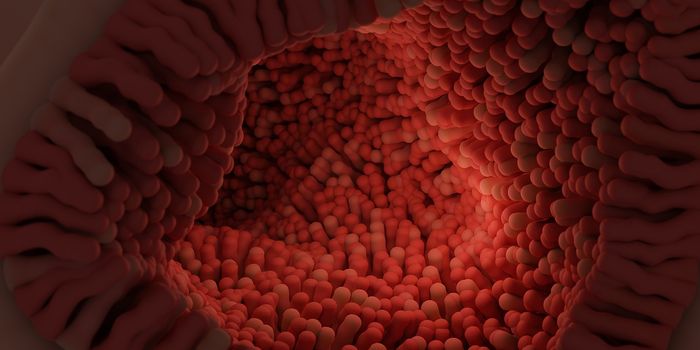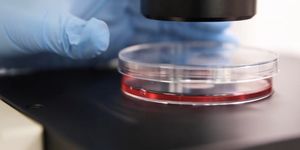Immune Protein Prevents Herpes Spreading to the Brain
An immune protein that was discovered more than two decades ago has been identified as the primary component of a molecular blockade that prevents genital herpes infections from spreading to the nervous system. Scientists involved in this latest research are hopeful that the findings could someday transform into preventative therapies for genital herpes and other inflammatory diseases.
Genital herpes simplex virus 2 (HSV-2) is not to be confused with HSV-1, with is usually characterized as oral herpes and is transmitted by non-sexual means. At least one out of every six people between the ages of 14 and 19 has HSV-2. The disease is transmitted through sexual contact, often even if the person with the virus is not currently experiencing reactivation.
Once infection ensues, the virus spreads to the nervous system where it eventually enters a period of latency. It lives dormantly with periodic reactivations where the infected person experiences genital lesions. New research shows that a specific immune protein is responsible for preventing the virus from continuing through the nervous system and ultimately reaching the brain.
Interleukins are immune proteins vital for relaying cellular messages during the immune response to pathogens. IL-36γ’s role is pro-inflammatory; in 20 years of research, scientists have observed time and time again its role in the inflammatory response during both autoimmunity and pathogenic invasion.
University of Arizona researchers were the first to pinpoint IL-36γ in the female reproductive tract in the context of HSV-2. Most recently, senior author Melissa Herbst-Kralovetz, PhD, explains, they have been evaluating the “extent that this molecule can protect against, or contribute to, genital infection.”
Their study included an experimental group of mice lacking IL-36γ. Without this key immune protein, an HSV-2 infection spread through the nervous system to the brain. In a control group with normal IL-36γ levels, researchers observed “significantly more” protection from HSV-2 neuroinvasion. While the methods by which IL-36γ protects the body from HSV-2 neuroinvasion are still unknown, researchers do know that neutrophil recruitment is part of the story.
Sources: Centers for Disease Control and Prevention, Oncotarget, University of Arizona College of Medicine, Journal of Immunology








